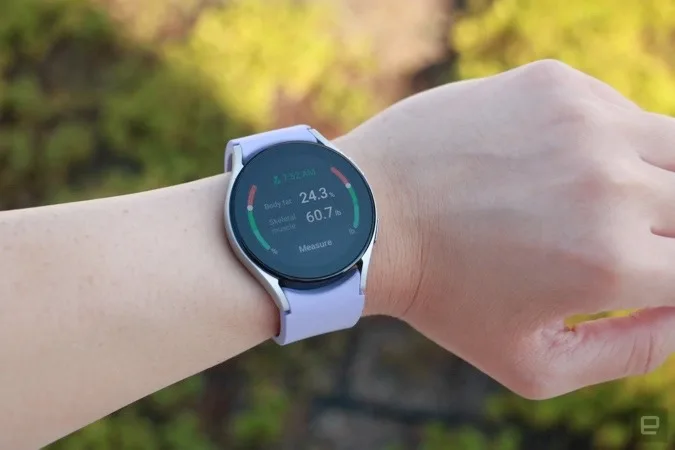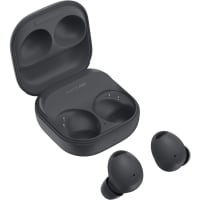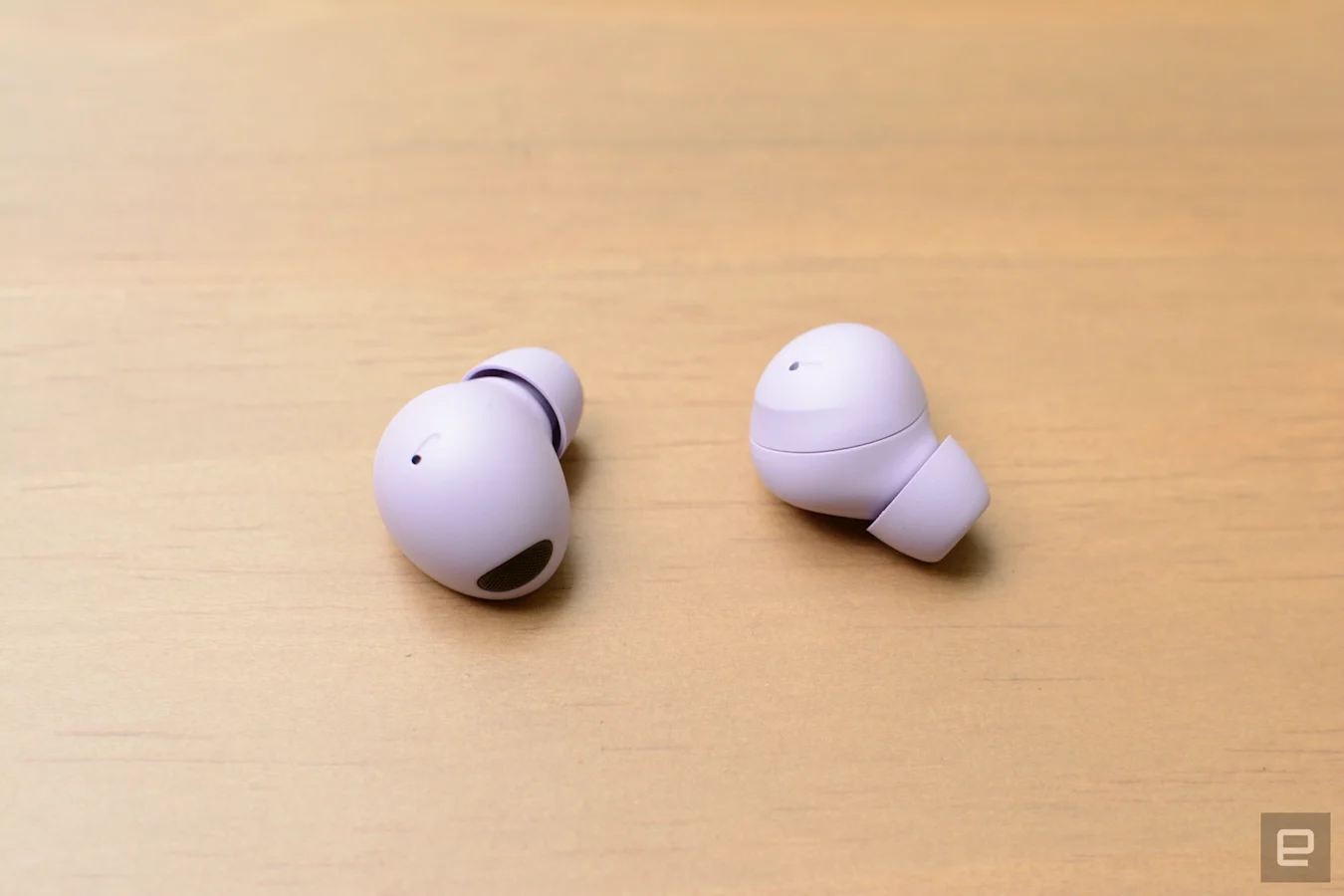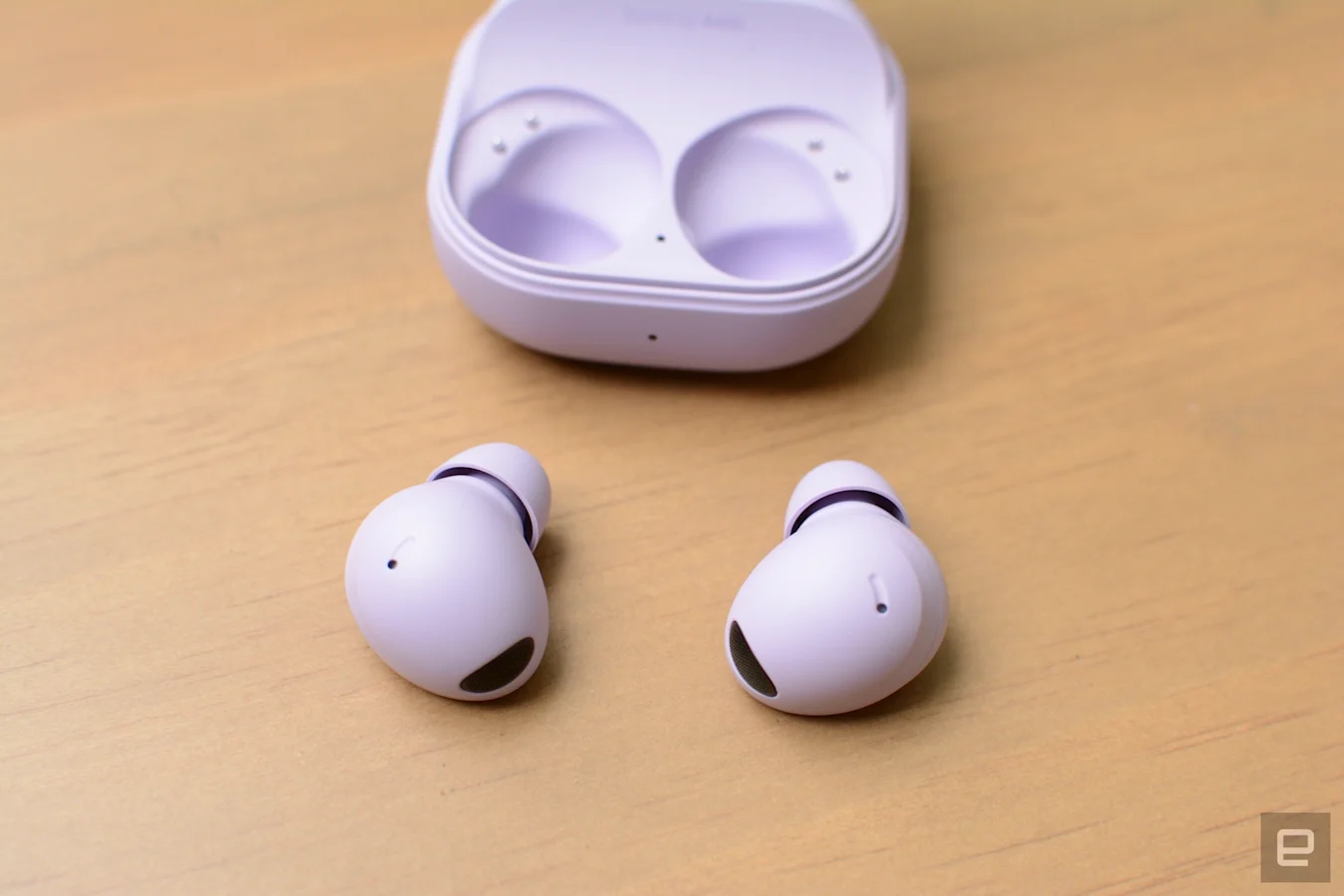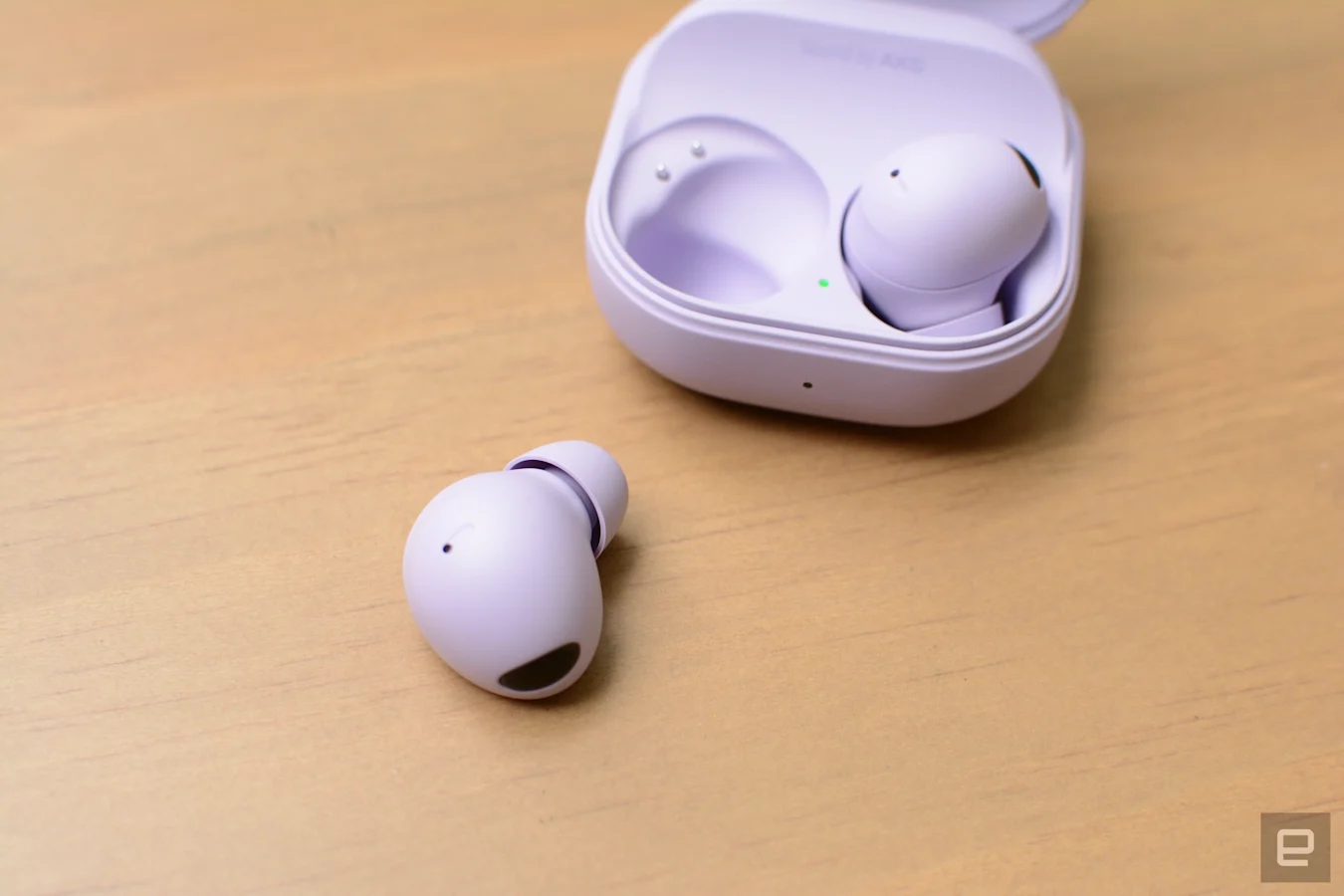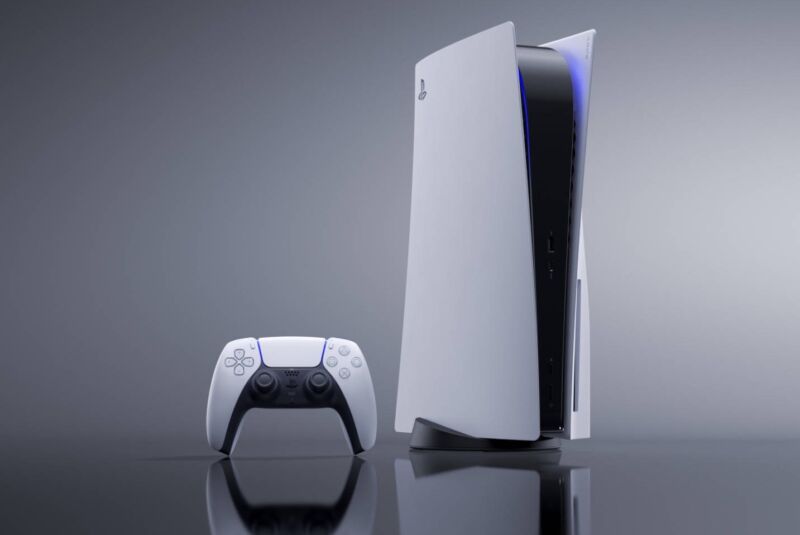The Galaxy Z Fold 4 is one step closer to perfecting the foldable formula, and it’s a device I enjoyed enough to make it my personal smartphone. But every year, I end up switching to a Samsung phone and missing elements from my usual Google Pixel.
One UI is excellent, but it still ignores what makes Google’s software great
Samsung’s skin on top of Android used to be the scum of the platform, but that’s changed dramatically over the past few years. One UI is pretty great, and One UI 4.1.1 based on Android 12L really brings a wonderful experience to the Galaxy Z Fold 4.
I’m not sure I’d want to use a foldable with any other experience at this moment in time, frankly. What Samsung has developed here is easy to use, fast, and really knows how to take advantage of the larger screen real estate.
As well done as Samsung’s One UI is, it’s still the polar opposite of Google’s approach. Samsung takes virtually every feature and crams it in, for better or worse. Google, on the other hand, has a more focused experience, and one that’s just more of a pleasure to use. On top of that, Google’s experience doesn’t feel like it’s fighting with third-party apps, where Samsung’s look and feel is often in stark contrast to other apps on your phone.

Of course, that’s not to say that Google does it all right, or that Samsung does it all wrong. One of the biggest problems is that Google’s updates always seem to bring the most bizarre bugs, where Samsung’s usually don’t.
Still, there are just so many little things I miss from a Pixel when I’m on my Fold, or any other Samsung phone, but the list has been cut down dramatically over the years.
The cameras, of course
It wouldn’t be a Pixel post without talking cameras, and this is the thing I always miss the most when moving into a Samsung phone.
Google’s camera experience is consistent. Samsung’s is not.
The camera hardware on the Galaxy Z Fold 4 and Pixel 6 Pro is pretty darn similar overall – 50MP primary, 12MP ultrawide, and a telephoto lens – but the Pixel comes out with consistently better photos across the board. Why? Software, mainly.

Samsung’s processing for photos tends to be overly saturated and doesn’t really reflect real life in some instances. You’ll probably get a pleasing shot, until you look at the details. But for every good shot, there are also likely a couple of rough outtakes. Taking a picture of a dog? Hopefully it’s a statue, otherwise you’ll have motion from when the shutter snapped. Trying to capture some dramatic lighting in the evening? Samsung’s processing will probably blow it out and neutralize the effect entirely.
But the real kicker, I’ve noticed, is that Samsung’s camera app still can’t show you anything close to the final product from the viewfinder. I’ve had several occasions where I’ve been pretty happy with a shot in the viewfinder, but Samsung’s software then processed it to death, and effectively ruined the picture. It’s not every time, but it’s enough to be extremely frustrating.
Pixels, on the other hand, show a pretty accurate representation of HDR when you’re actually taking the shot. It might be tweaked to bring out some details or tweak the exposure, but what you see in the viewfinder is more or less what you’re going to get in the final shot.
I don’t mind shooting on the Galaxy Z Fold 4, because I know I’m still going to get a usable shot at the end of the day, but I don’t trust it to take a great one… well, really ever. That’s perhaps what I miss most about my Pixel 6 Pro since moving over to Samsung’s latest.

Google’s version of Digital Wellbeing is actually useful
This is a relatively minor point, but one that really irks me every time I move off of a Pixel. Google’s take on Digital Wellbeing is, actually, genuinely useful.
Digital Wellbeing is an idea that’s usually manifested in a way to know what your online habits are so you can work toward perhaps cutting down on screen time, muting distractions, and really just to have better balance between what’s happening on your phone and what’s happening in the world around you. It’s an idea that I usually have mixed feelings about.
Personally, I couldn’t care less about seeing how many times I’ve unlocked my phone in a day, the ungodly number of notifications I’ve received, or anything like that. I just want to be able to quickly unplug from work, or disconnect from Twitter so I can enjoy an afternoon at home, or even a vacation.
On Pixel, Google makes this incredibly easy. If it’s been a long day and I just don’t want to hear from my email, Slack, or Twitter, I can simply “pause” those apps from my homescreen. A couple of quick clicks, and they’re all turned off for the day. No diving into settings, nothing I needed to set up previously. And if I do need to dive back in for whatever reason, it just takes one extra click.
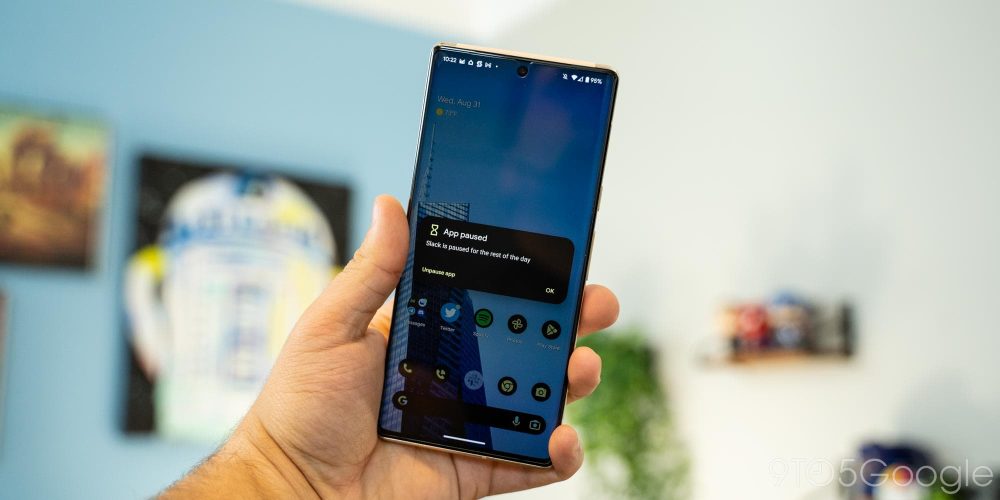
I mean, I can literally just flip my phone over to put it fully on mute. It doesn’t get much easier than that.
But on a Samsung phone, this process is nowhere near as convenient.
Digital Wellbeing on a Samsung device comes down to diving into a few layers of settings and using “Focus Mode” to block out a pre-selected list of apps. Except those apps are on an allow-list, not a blocklist. If I want to just turn off a couple of apps, I have to manually allow every other app on my phone. The only other tool I have access to is “App Timers,” which is definitely a great option, but one that just doesn’t help what I want to do as mentioned before.

Like I said, this is a minor point for most people. I’d be willing to bet that most folks don’t use Digital Wellbeing tools in any capacity, but the point is that on a Google Pixel device, these tools are there to help you on the fly, where Samsung really only allows them in a way that’s structured beforehand.
But at the end of the day, the Fold 4 is one-of-a-kind
Despite the little bits and pieces I miss from Google’s phones, there’s a reason Samsung’s foldables have been my major yearly smartphone purchase. The Galaxy Z Fold 4, like what came before it, is still one-of-a-kind, at least in the US. Until Google gets around to finally releasing its own foldable, which has been an emotional rollercoaster to date, Samsung is the best in the business.
The benefits that a foldable bring me, including just the simple joy of carrying around such a big screen in such a compact package, just far outweigh these software frustrations. That said, I’m sure things will change in a few months when I end up using the Pixel 7 Pro for a while – I’m just curious if Samsung’s improved package will be able to pull me back off of that phone when the time comes.
What about you? Have you ever switched from a Pixel to a Samsung phone, or vice versa? Let’s talk about it in the comments below!

More on Samsung:
Check out 9to5Google on YouTube for more news:
Article From & Read More ( Galaxy Z Fold 4 diary: What I miss from a Pixel every time I use a Samsung phone - 9to5Google )https://ift.tt/xeHF2Km
Technology

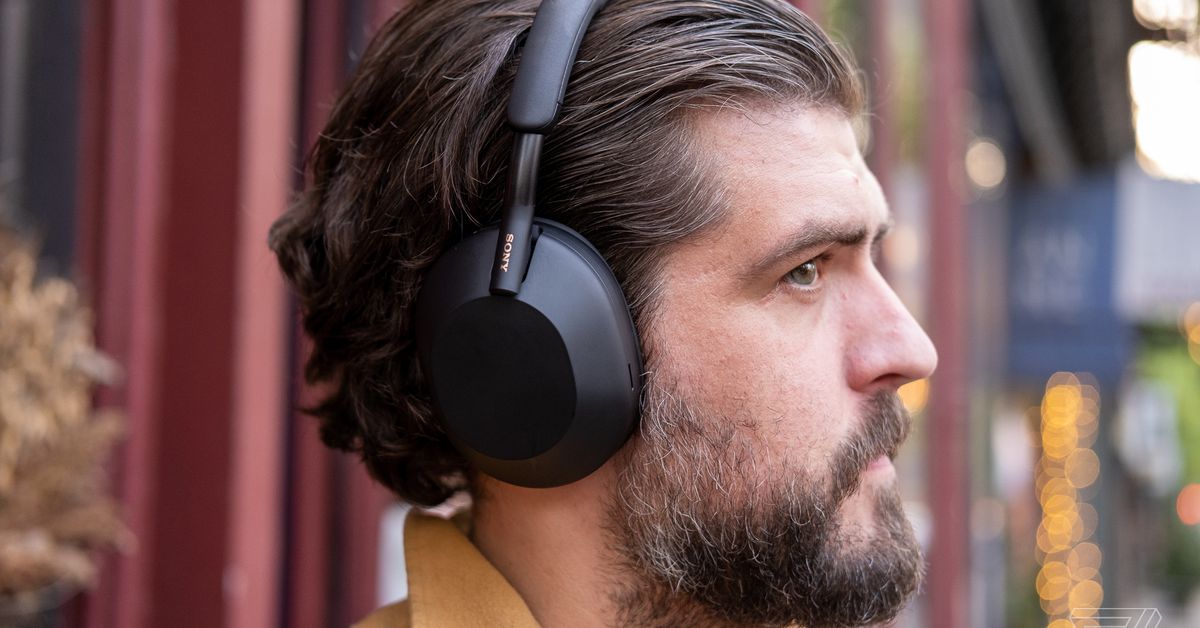
:no_upscale()/cdn.vox-cdn.com/uploads/chorus_asset/file/23981636/twitter_circle_how_to.png)



